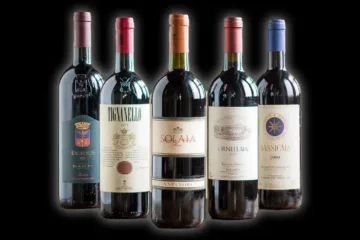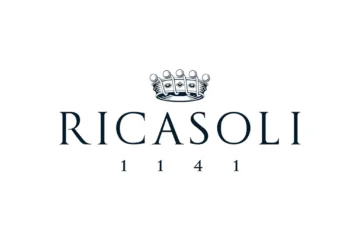
Amontillado is a Spanish word that originally described sherry in the Montilla style. Today, it has two differenr connotations in the sherry-making process:
- When the yeasts die and the wine is exposed to oxygen, the basic Fino wines turn amontillado (Spanish for ‘like Montilla‘). If a Fino sherry is fortified to 16% alcohol, the flor yeasts cannot thrive in such an alcoholic environment. In this case, the wine turns amber, has a fuller body and shows pronounced nutty aromas. As a result, a true Amontillado Sherry is an aged Fino Sherry.
- The most frequent commercially available Amontillados are made artificially by blending and are usually sweetened. They are commonly labeled as ‘Medium‘.
Amontillado in the winemaking process

Following alcoholic fermentation, each batch of base wine will undergo First Classification. Each base wine will be sampled and analyzed during this procedure. This classification will determine whether the base wine will be aged biologically (behind a flor veil, producing lighter-bodied, less highly flavored wines) or aged oxidatively (in contact with oxygen, producing fuller-bodied, more intense wines):
- 1/ Those wines destined for biological ageing (Fino Sherry) will be fortified to 15–15.5%, the optimum concentration of alcohol needed for yeasts to grow. If the yeasts die, then the wine will be fortified and qualified as Amontillado.
- 2/ Wines destined for oxidative ageing will be fortified to 17%, at which flor yeast cannot survive. The liquid used to fortify the base wines is a 95° grape spirit and therefore does not add its own aroma and flavour characteristics to the wine.
After fortification, the wines will enter a stage known as sobretablas, where they will be stored before joining the solera system. These wines can either be kept in tanks or transferred to wooden barrels. The wines designated for biological ageing during the First Classification will be tasted and analyzed again during the Second Classification after a few months. Wines with a full layer of yeast and that have kept their freshness will be classified as potential Fino or Manzanilla. Those that are slightly less delicate may be labeled as Amontillado, while those that are even more full-bodied and deeply flavored may be labeled as Palo Cortado. The wines will next be placed in solera systems.

Amontillado characteristics
This is a wine that must have attributes from both biological and oxidative ageing.
It should be emphasized, however, that inexpensive Amontillados are likely to contain young biologically aged wines, such as those taken from one of the youngest criaderas in a Fino solera system and blended into an Amontillado solera system for a brief period of maturation.
More expensive wines will have been aged for a longer period of time and so will be more complex. Amontillados are generally of good to excellent quality and range in price from mid-priced to premium or even super-premium.

Follow me on my Social Media
Wine is a gourmet treasure, do not abuse alcohol!
None of this content has been sponsored
I did not receive any gifts or free samples that could be related to this article


